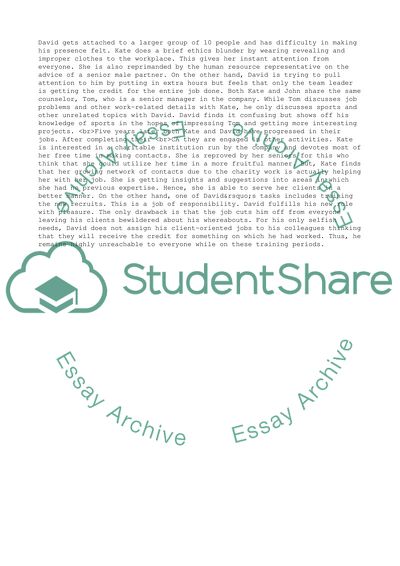Cite this document
(“Organizational Justice and Human Resource Management Case Study”, n.d.)
Organizational Justice and Human Resource Management Case Study. Retrieved from https://studentshare.org/management/1735132-case-study-task
Organizational Justice and Human Resource Management Case Study. Retrieved from https://studentshare.org/management/1735132-case-study-task
(Organizational Justice and Human Resource Management Case Study)
Organizational Justice and Human Resource Management Case Study. https://studentshare.org/management/1735132-case-study-task.
Organizational Justice and Human Resource Management Case Study. https://studentshare.org/management/1735132-case-study-task.
“Organizational Justice and Human Resource Management Case Study”, n.d. https://studentshare.org/management/1735132-case-study-task.


